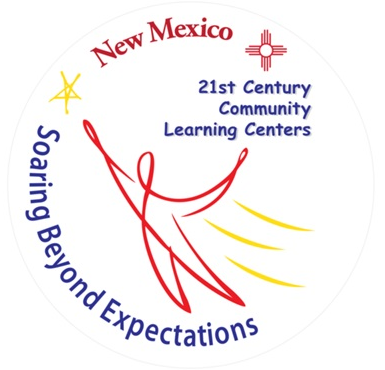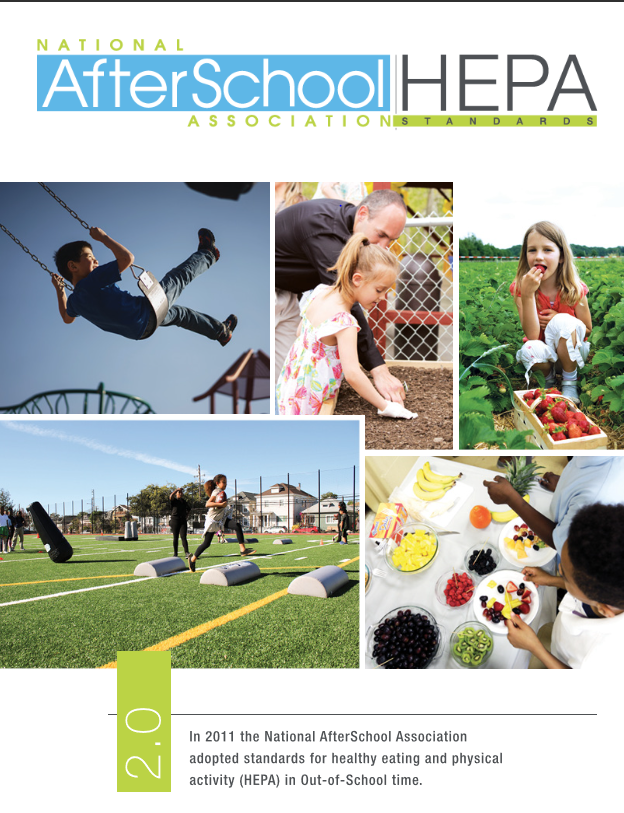
21st CCLC Program Technical Assistance

NM Out-of-School Time Guiding Principles
A flexible set of quality Out-of-School Time guidelines that are designed to foster their utilization by programs of differing focus, setting, community context, size, and capacity.
21st CCLC Standard Operating Procedures Manual
The Standard Operating Procedures (SOP) Manual was developed under a grant from the U.S. Department of Education. However, the contents of this manual do not necessarily represent the policy of the U.S. Department of Education, and you should not assume endorsement by the Federal Government (EDGAR § 75.620).
Click the dropdown menu links below to access more information from the SOP manual.
What is due? When, why and how should it be completed?
1. The FY22 Deliverables-Calendar outlines all required deliverables throughout the academic year and also provides an overview of technical assistance offered at the state level.
2. Program Assurance Forms are completed annually.
3. A PED-approved Subcontractor Assurance Form MUST be on file for every 21st CCLC subcontractor. 21st CCLC funds may be used to enter into subcontracting agreements for the provision of program activities that are beyond the capacity of the sub-grantee. Funds for services provided by subcontractors typically include direct instruction for students, professional development for instructors, and evening learning sessions for families
The 21st CCLC Alphabetical Guide to Expenditures is an alphabetical reference guide of budgetary frequently asked questions regarding use of 21st CCLC funds. This document will be useful to Program Directors and Learning Center Coordinators. (download manual prior to printing)
21st CCLC Expenditure and Reimbursement Checklists
These checklists provide summaries of supporting documentation required when submitting costs in a Request for Reimbursement (RfR) through the Operating Budget Management System (OBMS). These guides will, primarily, be useful to Business Managers and Program Directors.
Expenditure Report/General Ledger
Compensation (for employees and subcontractors)
Travel (for students and staff)
OBMS User Form. Use this form if OBMS users/roles need to be updated.
Supplement Three. This resource lists funding codes the Public Education Department (PED) uses in the Operating Budget Management System (OBMS).
Uniform Chart of Accounts. This file lists all compatible function and object codes used by the PED in the OBMS.
Entering a Budget Adjustment Request (BAR). If you’re new to the OBMS, this step-by-step guide will assist with initial BAR entry.
Entering a Request for Reimbursement (RfR). If you’re new to the OBMS, this step-by-step guide will assist with RfR creation in the OBMS.
Goals and Performance Measures (FY22-2026). These goals and performance measures provide direction for our 21st CCLC programs here in New Mexico. Review these goals and performance measures then create, with your team, an action plan to meet these goals by the close of each academic year.
21st Century Learning Community Centers, which can be located in elementary or secondary schools, or other similarly accessible facilities, provide a range of high-quality services during out-of school time hours (such as before and after school, or summer break). Each eligible entity that receives an award from the state may use the funds to carry-out a broad array of out-of-school time activities to advance student achievement. These activities may include:
- Academic enrichment programs
- Literacy activities, including limited English proficient (LEP) students and that emphasize language skills and academic achievement
- Science, technology, engineering and mathematics (STEM) activities
- Arts and music education activities
- Entrepreneurial education programs
- Tutoring services, including those provided by senior citizen volunteers, and mentoring programs
- Physical activities
- Nutrition education activities
- Telecommunications and technology education programs
- Expanded library service hours
- Programs that promote family literacy, including parental involvement
- Programs that provide assistance to students who have been truant, suspended, or expelled to allow them to improve their academic achievement
- Drug and violence prevention programs
- Counseling programs
- Character education programs
The US Department of Education’s goal for the CCLC Program is to establish community learning centers that help students in high-poverty, low performing schools meet academic achievement standards; to offer a broad array of additional services designed to complement the regular academic program; and to offer families of participating students opportunities for education development.
Goals and Performance Measures
- Maintain and improve student academic achievement in language arts and math.
- Seventy-five percent (75%) of students earning a passing grade after the first grading period will maintain a passing grade by the close the academic year.
- Fifty percent (50%) of students earning below a passing grade after the first grading period will raise their grade by the close of the academic year.
- Short-cycle assessment results will reflect a grade level increase for 80% of students by the close of the academic year.
- Design and deliver a 21st CCLC program which meets the needs of all constituent groups.
- Eighty-five percent (85%) of all survey participants will agree or strongly agree that the 21st CCLC program being offered in their community is high quality.
- Implement a program that engages students.
- Seventy-five percent (75%) of the target enrollment goal will be met each academic year.
- An average attendance rate of 75% will be maintained throughout the academic year.
The New Mexico Public Education Department’s 21st Century Community Learning Centers program is funded by the US Department of Education under Title IV, Part B, of the No Child Left Behind Act, Public Law 107-110, as amended by the Every Student Succeeds Act of 2015. The USDE annual state awards are distributed in July of each year to each state and may be accessed at
The federal award must be expended as follows:
- 2% for administration
- 3% for capacity building and technical assistance
- 95% for flow through to local centers
The NMPED distributes flow through via a Request for Proposal process at four year intervals. Local Education Agencies (LEAs) and public or private organizations are eligible to apply for a 21st CCLC grant.
New RFP coming in 2026!
Questions?
Tyson Ledgerwood
21st CCLC Program Coordinator
120 S. Federal Place, Rm 206
Santa Fe, NM 87501
Phone: (505) 670-7204 Fax: 505.827-1826
Email: Tyson.Ledgerwood@ped.nm.gov

